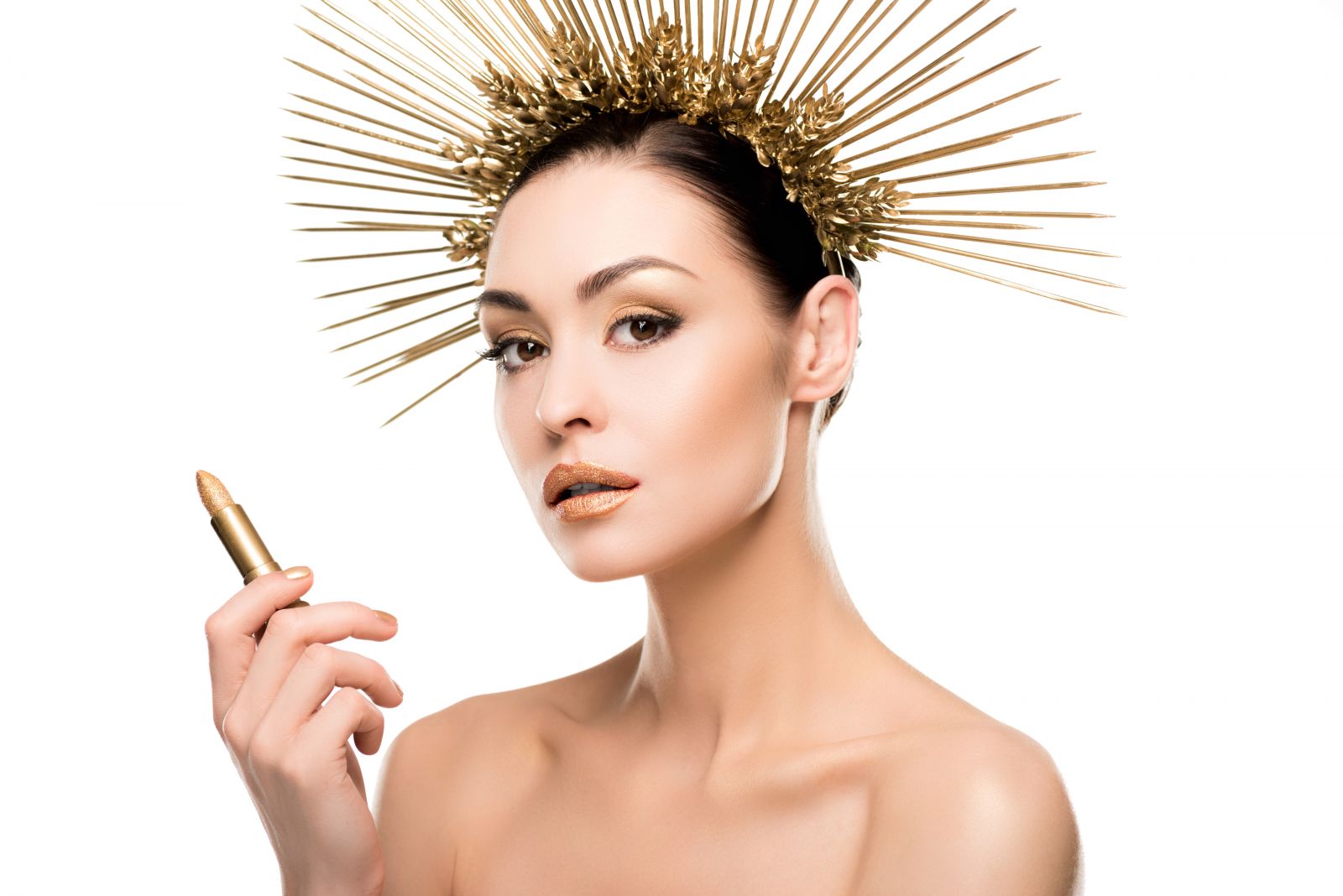Headpieces, also known as headwear, refer to any decorative accessory worn on the head. Since ancient times, humans have adorned their heads with various types of headpieces to signify social status, religion, or cultural beliefs.
Get to Know about Headpiece

Headpieces can range from something as simple as a hat or bandanna to something as complex as a crown or tiara worn by royalty. Many types of headpieces also have strong symbolic and spiritual meanings, such as skullcaps or headscarves in Islam, fedora hats that are synonymous with the lifestyle of men in the 1920s, or diamond crowns that queens or princesses often wear.
Headpieces are also an important part of the fashion industry. Fashion designers often use headpieces to add a creative touch to a model's look or accompany the clothes they create. Headpieces can be made of various materials, such as cloth, leather, metal, or even hemp cloth, and are often decorated with ornaments such as gems, beading, sequins, or embroidery.
Headpieces are also a choice of accessories for weddings and other formal events. Women often choose headpieces such as tiaras, flower bandanas, or fascinators as accessories to replace or complement the veil. Headpieces are also used in dance and theater performances to add drama to costumes.
Overall, a headpiece is a versatile accessory that can add a creative touch to a person's look or signal social, religious, or cultural identity. In fashion, a headpiece can be a powerful statement of style. In contrast, in a cultural context, a headpiece is an important symbol of a society's traditions and values.
History and Meaning of the Headpiece in the World
.jpg)
Headpieces also have a long history in various cultures around the world. In ancient Egypt, crowns were worn by kings and queens as a symbol of their power and authority. In ancient Greece, the wreath or crown of leaves was considered a symbol of victory and success. In India, the crown is called "mukut" and is worn by kings and queens during religious ceremonies.
In some cultures, headpieces are also used as part of religious rituals or traditional ceremonies. For example, the Songkok hat in Indonesia and Malaysia is worn by Muslim men during prayers and formal events. Meanwhile, in Hindu culture, "Bindi" is a head accessory worn by women as a sign of respect for their deities.
Headpieces have also become important to alternative fashions and subcultures, such as goth, punk, and steampunk. In this style, headpieces are often adorned with details such as chains, gears, and spikes, giving the impression of an eccentric and all-gothic aesthetic.
Headpieces have become very popular on social media, especially on platforms like Instagram and TikTok. Influencers and celebrities often wear unique and striking headpieces in their photos to catch the attention of their followers.

Headpieces are a diverse and important accessory in many cultures and fashions. From simple to highly detailed, headpieces can add a creative touch to a person's look and carry deep cultural and spiritual value. How about trying to use a headpiece to complement your fashion style?

